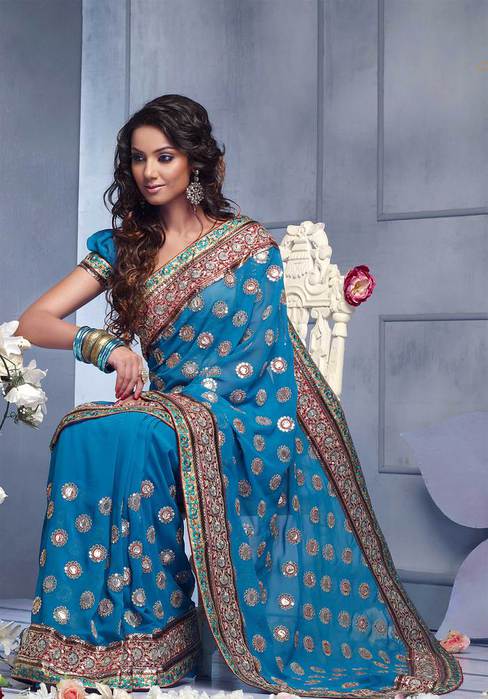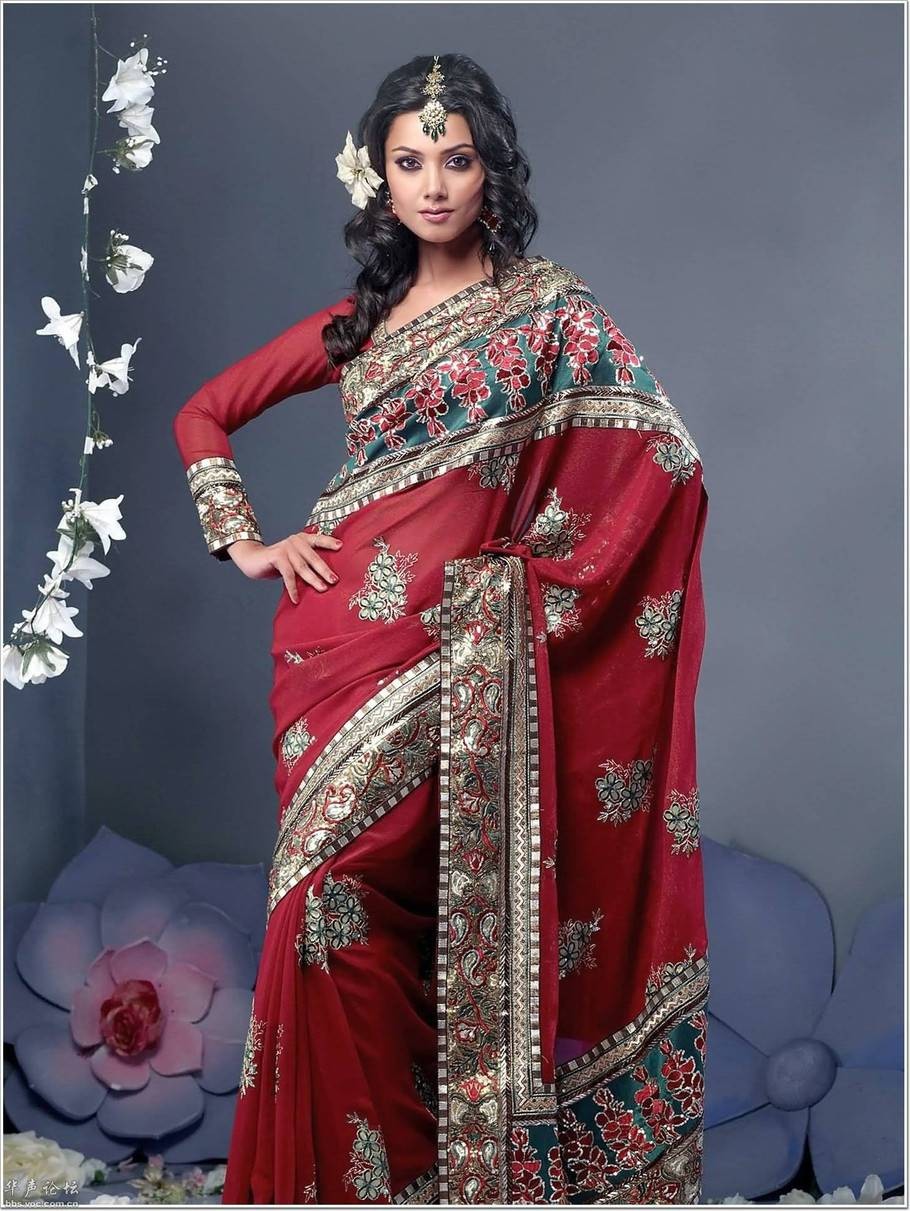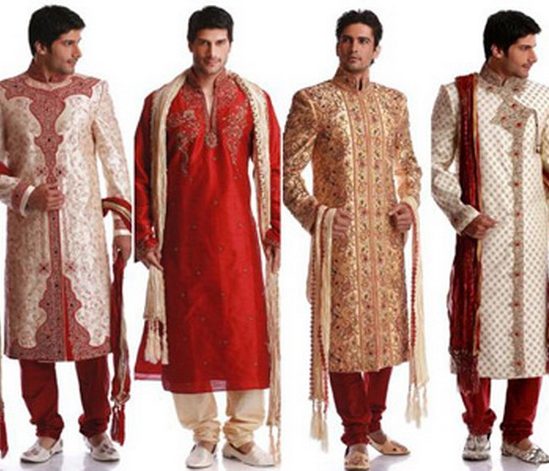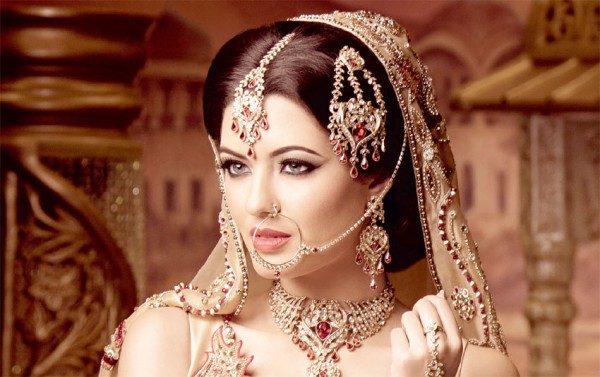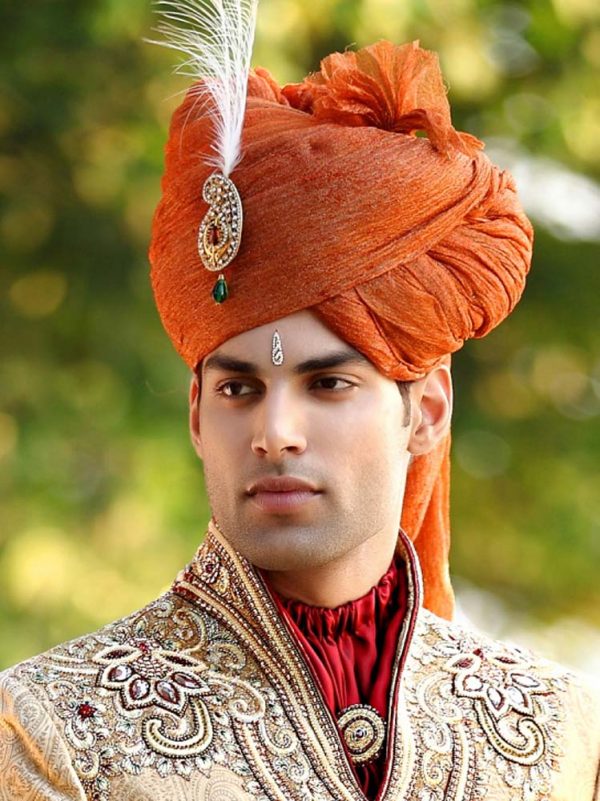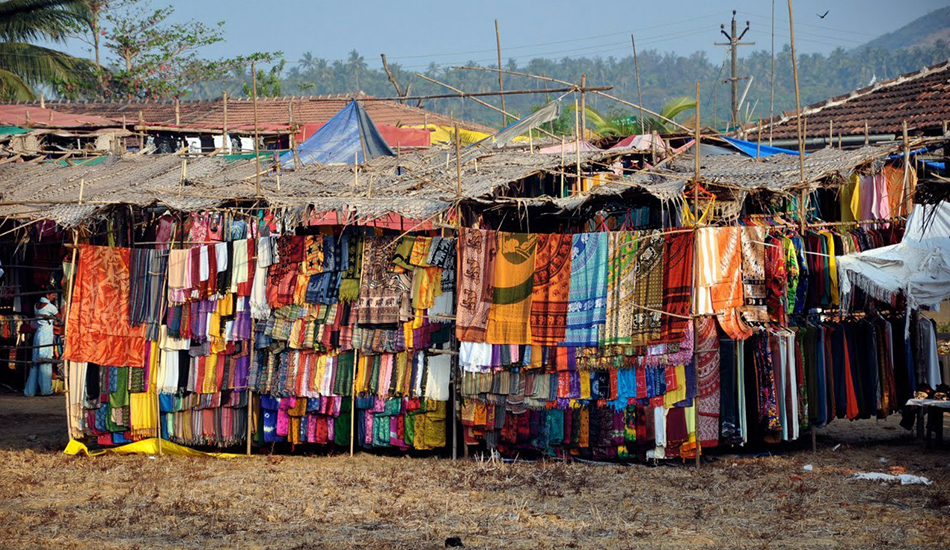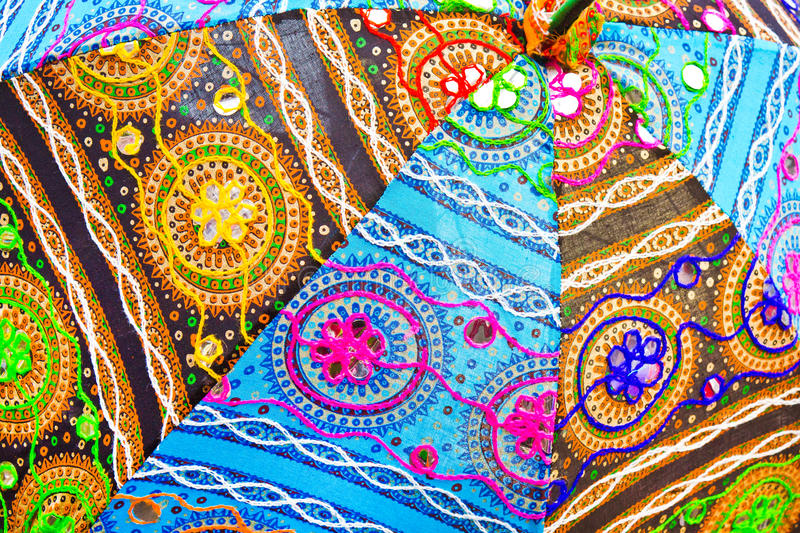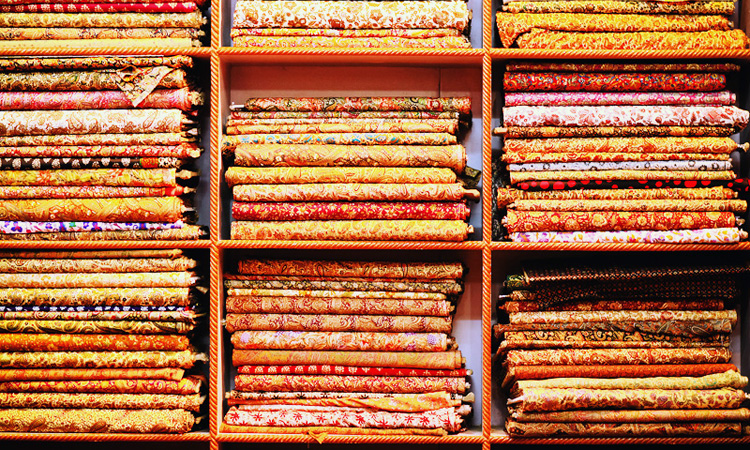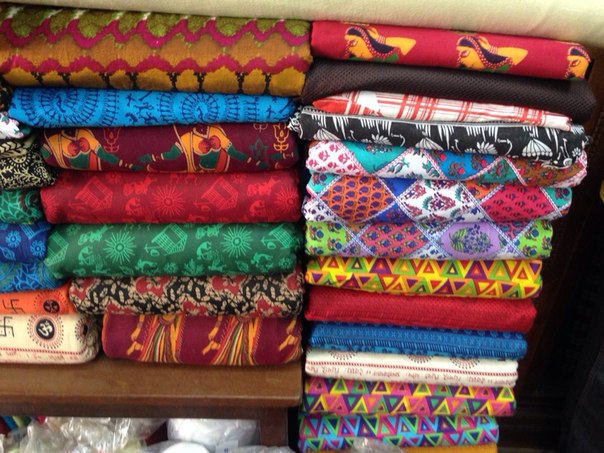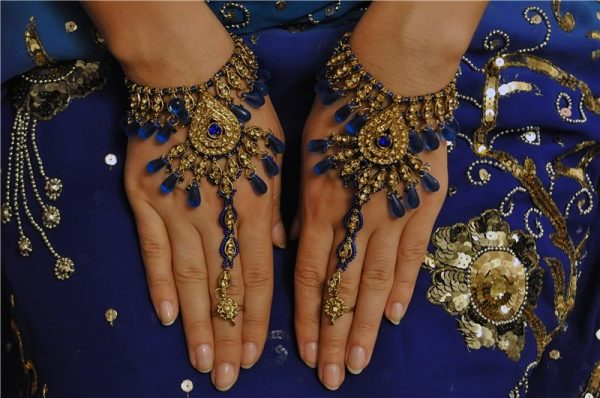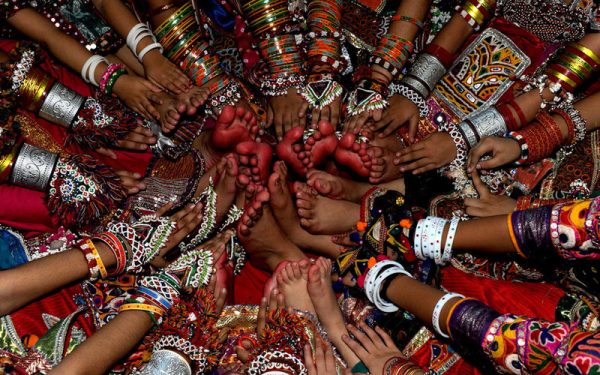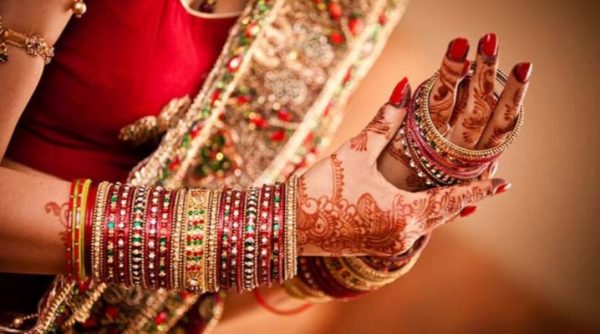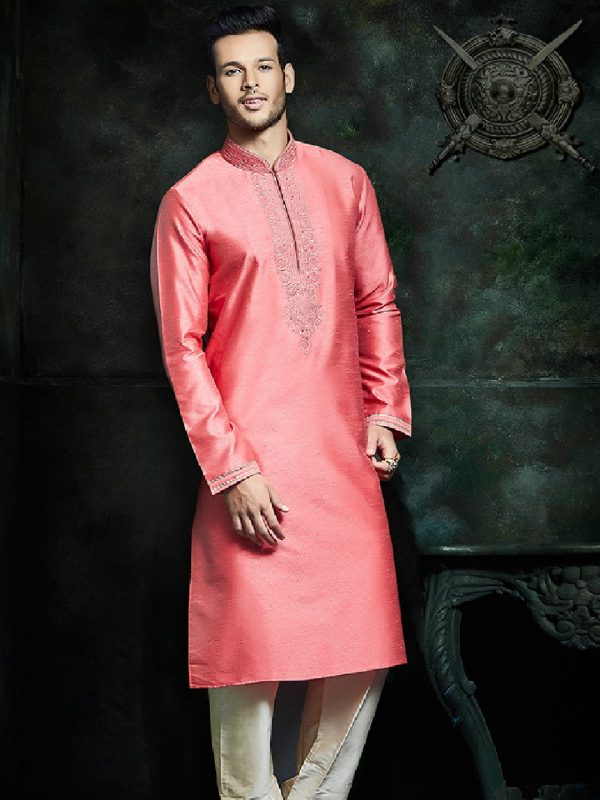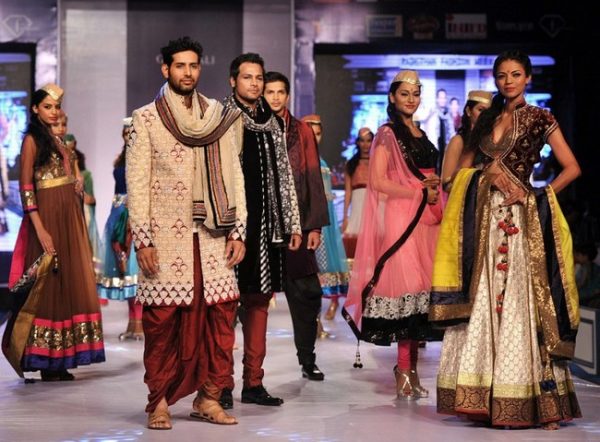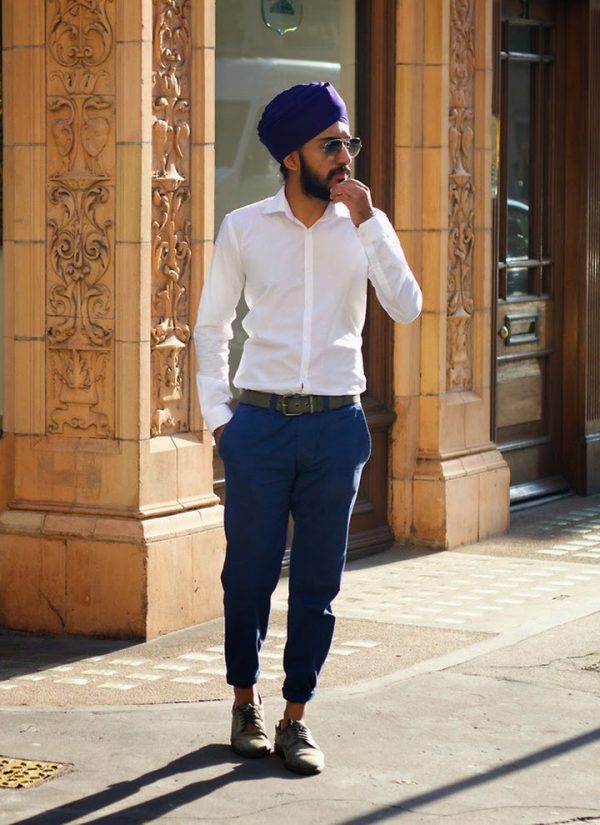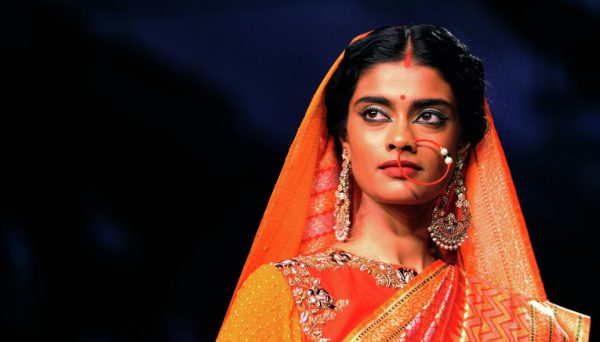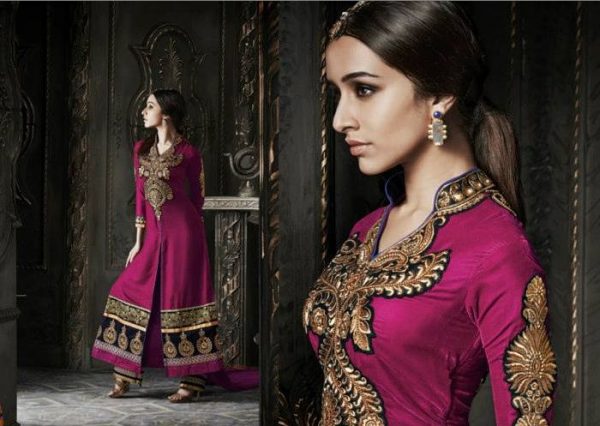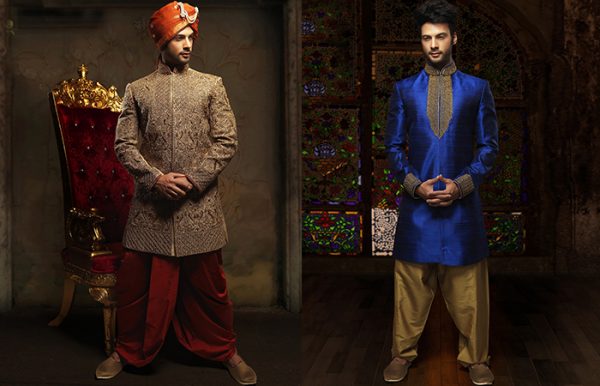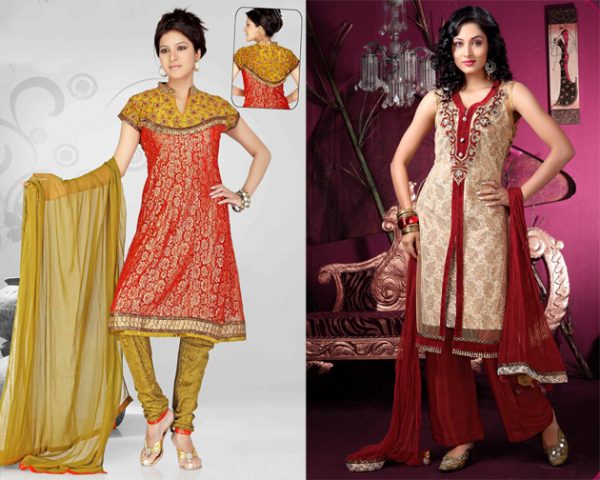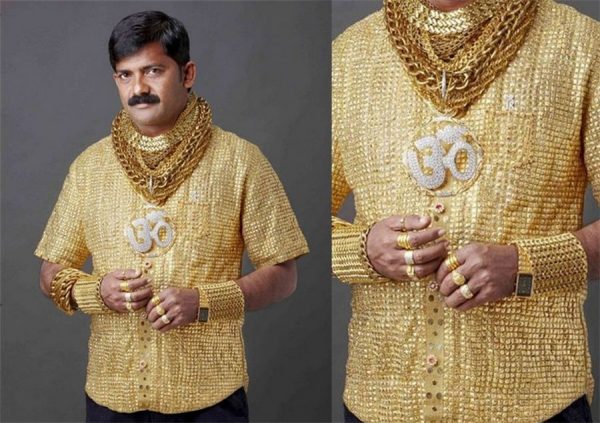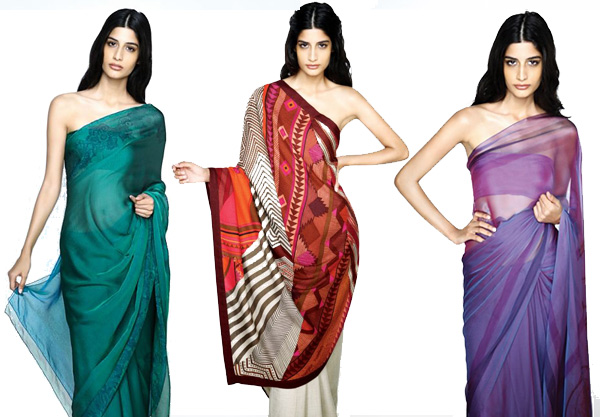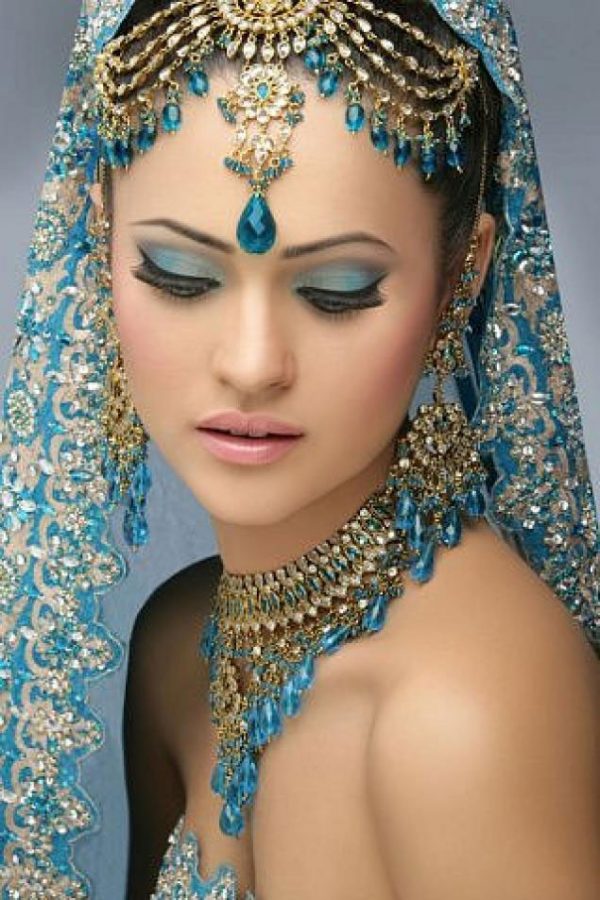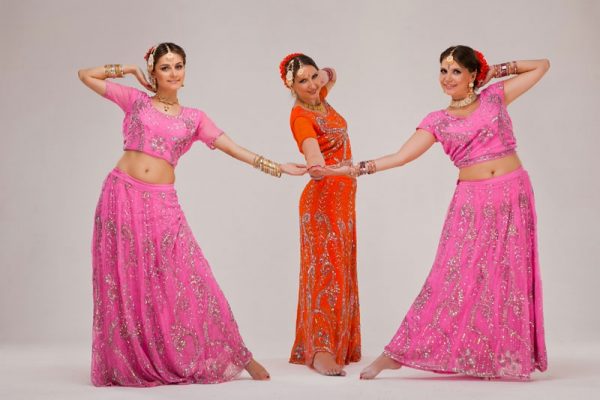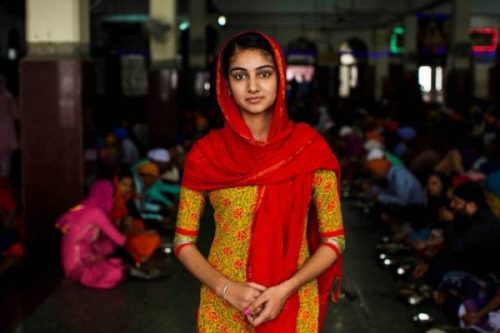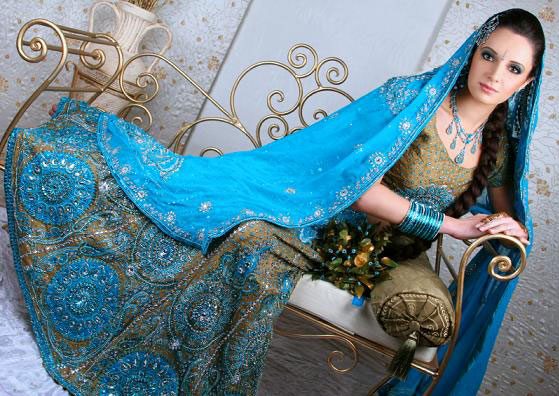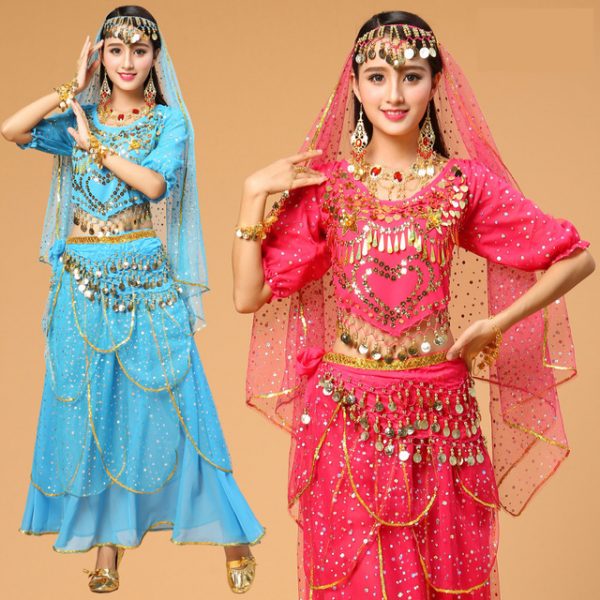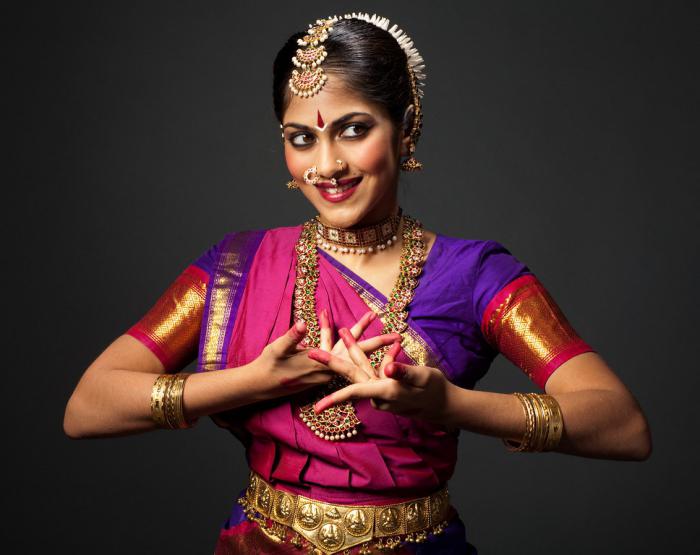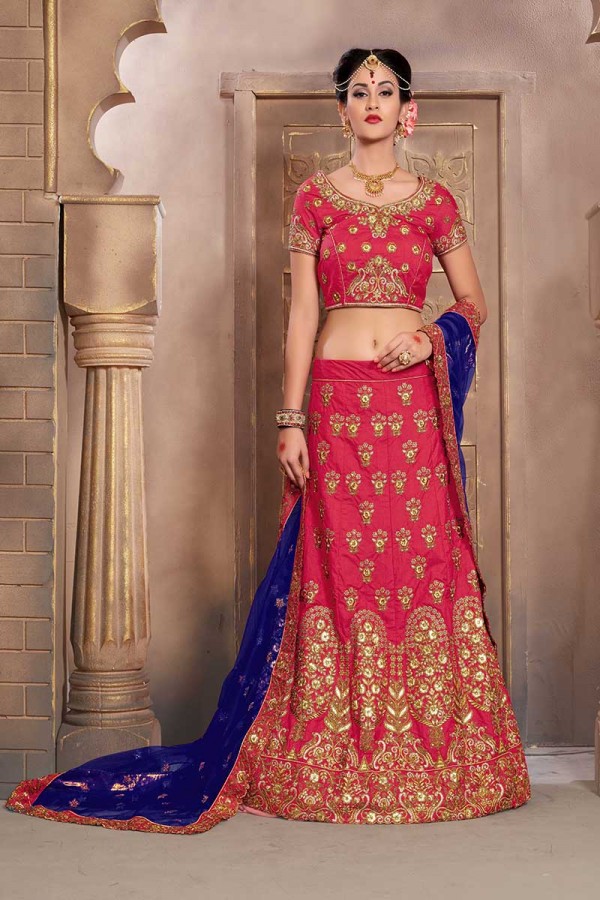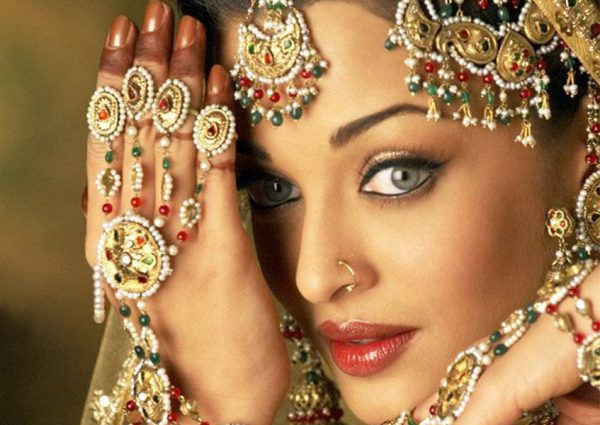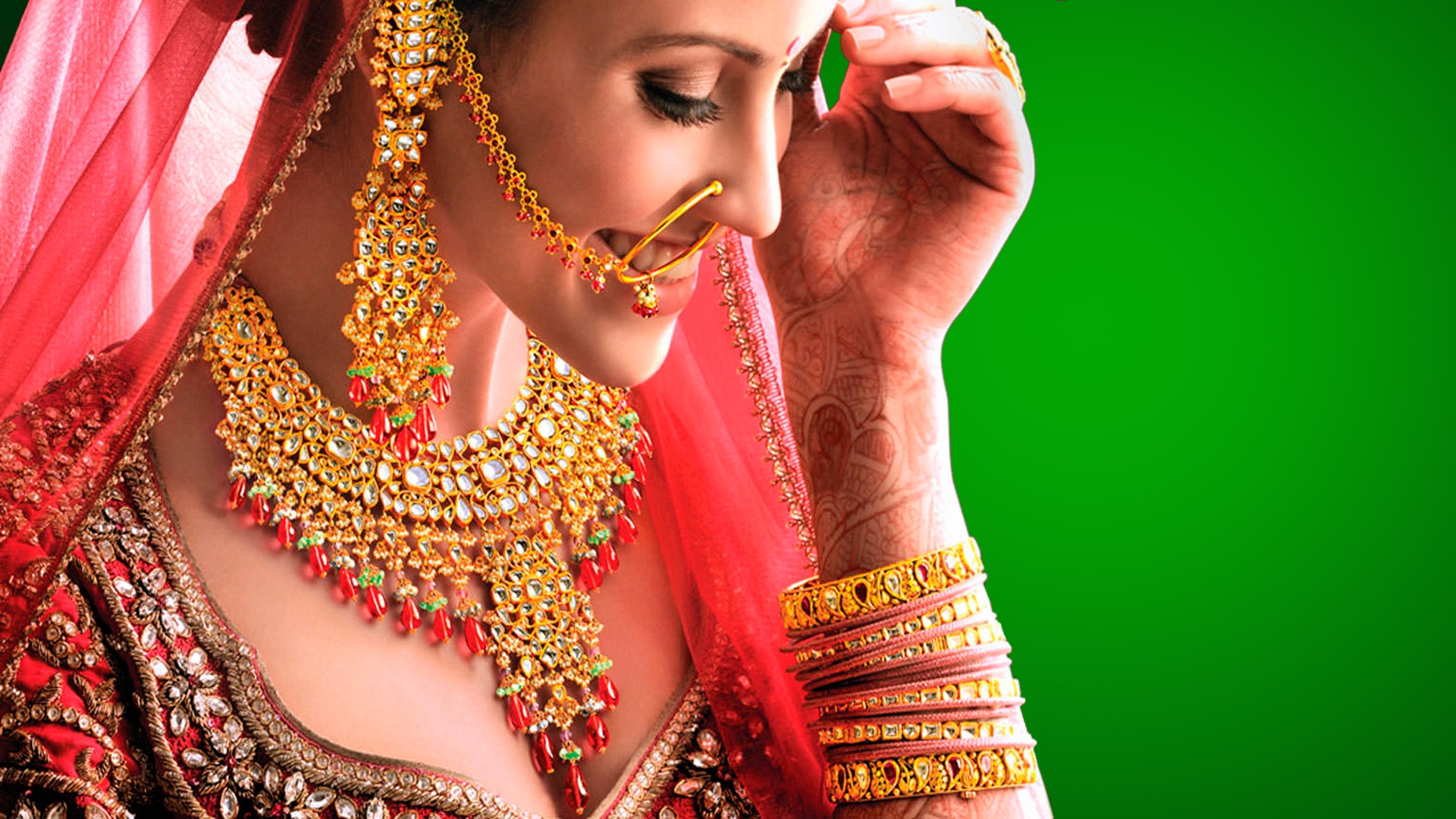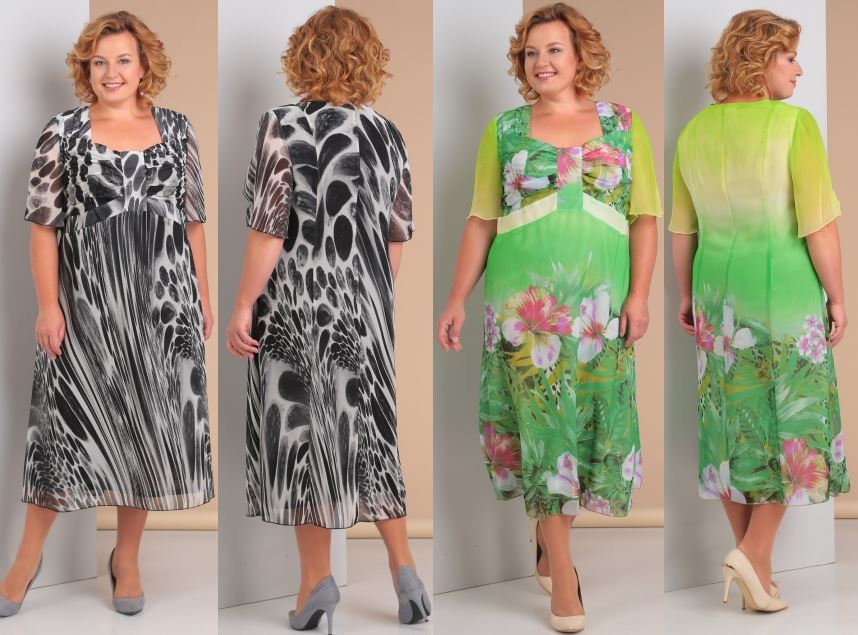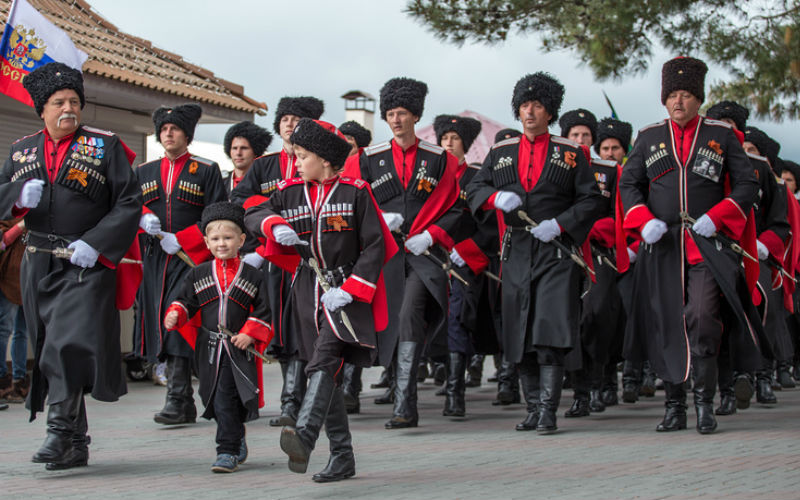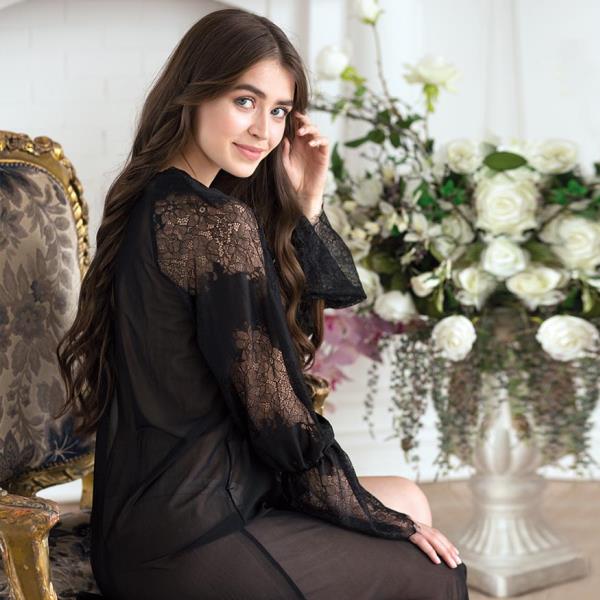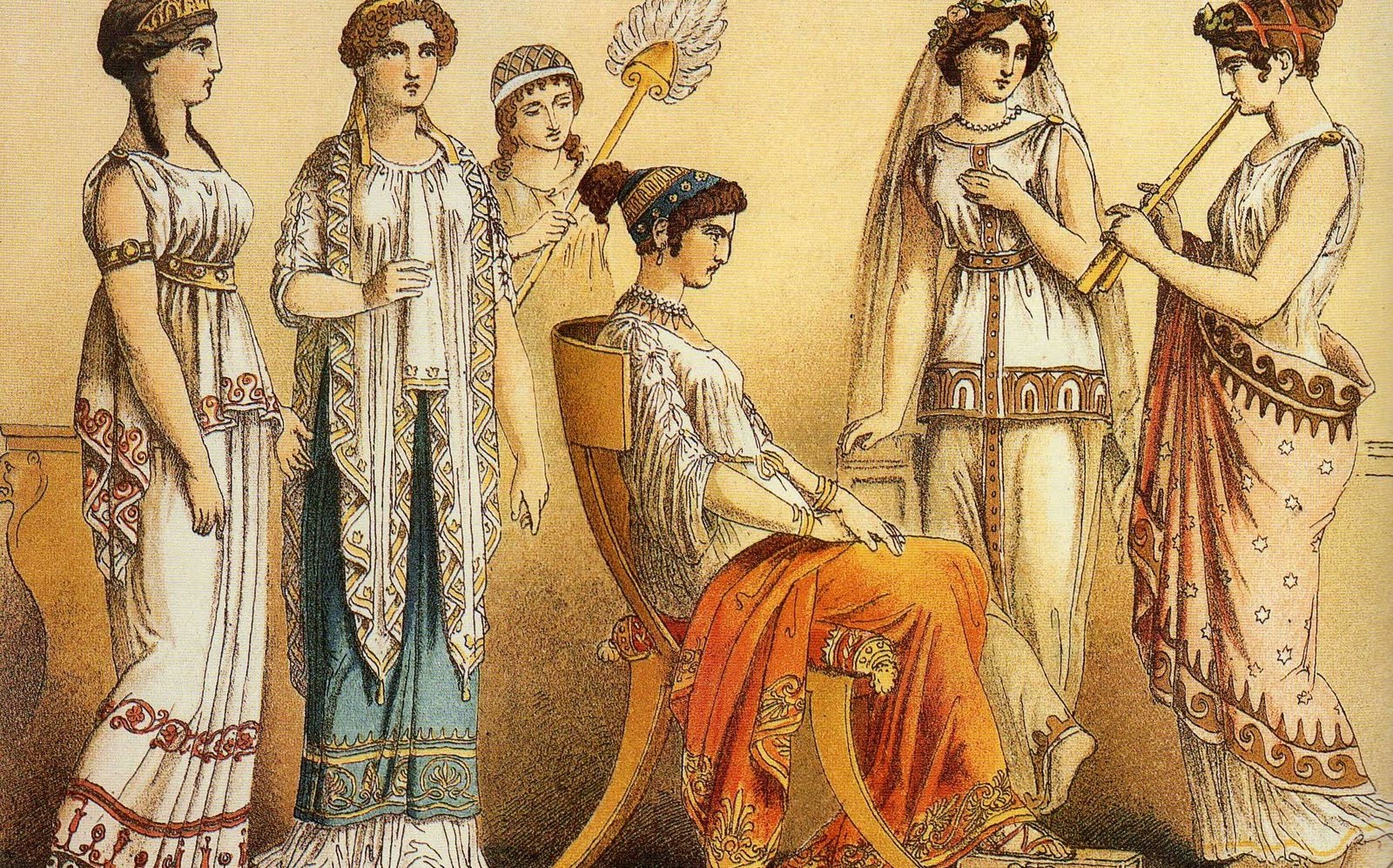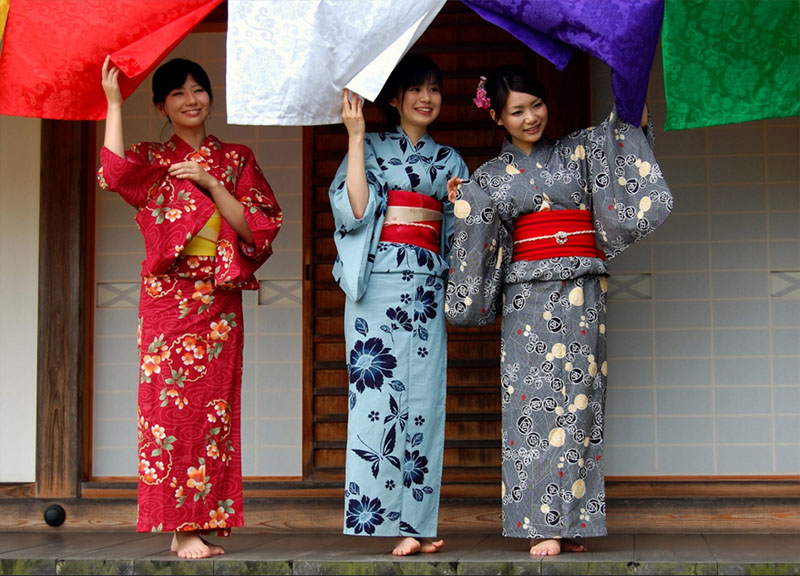India is famous for its culture and unwavering loyalty to traditions, one of the main attributes of which is national clothing. The style of clothes changes from region to region, and the pattern and color of the fabric can tell about caste, social status, locality and character. Despite its diversity, Indian clothing adheres to a common style - all outfits are full of bright colors and intricate drapery. Even the influence of the West could not shake the originality of India, and foreign fashion designers themselves, inspired by Indian flavor, create luxurious suits and dresses.
Traditional clothing and its meaning
The first mention of Indian civilization in literary sources of that time is also associated with references to the traditional national costume "dhoti", which at that time did not yet have a gender. A little later, a prototype of the sari appeared, as evidenced by sculptures of goddesses dressed in draped fabric.
However, some historians claim that wearing all kinds of dresses and skirts was imposed by the British during the colonization of India. It was believed that before that, women went bare-breasted. The Hindus themselves have a legend dating back to the 5th millennium BC, associated with this type of clothing, the sari. Once upon a time, the ruler of ancient India lost his wife in dice, but the winner could not take possession of her because of the endlessly long fabric wrapped around the woman's body. Skillfully draped strips of silk helped the queen preserve her honor. Since then, the sari has been considered a symbol of morality and chastity.
Indian clothing for women not only emphasizes their femininity, hides figure flaws, but also has a practical nature. Since ancient times, Indians have preferred to sew clothes from natural, lightweight fabrics that are comfortable for the tropical climate of India. The fabric had an important social significance. The upper classes wore exclusively silk or linen clothes, while servants and merchants could only afford cotton products. Today, people are not so ardent in defending their traditions, but nevertheless, the Indian style has been preserved in clothing, especially on holidays, Indians try to dress as traditionally as possible. Now let's look at the most popular options for traditional Indian clothing.
Women's
- A sari is a single piece of fabric 9 meters long and up to 1 meter wide. Girls wrap a piece of fabric around their waist and throw the edge over their shoulder. They try to decorate this part richly, as it is in the foreground. For everyday life, they choose a solid color, but the edges are embroidered with gold threads, sequins or glitter;
- Gagra choli is a long skirt with a short top or sleeveless bodice that fits tightly around the chest, while the skirt, on the contrary, should be loose and completely hide the legs. They are made of thin fabric, since girls usually wear a sari over them;
- Shalwar kameez, or Punjabi – this is the name given to suits made of trousers, loose on the hips and tapered towards the bottom, as well as tunics with slits on the sides, starting from the waist. The suit is complemented by a long silk scarf – dupatta, which is used as a veil. It is worth noting that this accessory has become very popular among Europeans.
Of course, Indian women's clothing has a variety of outfits that are typical for different regions. Thus, the churidar-kurta is a variation of the shalwar-kameez, the only difference being the length of the tunic. And the mundum-neriyathum and mekhela-chador are forms of the sari we know, only with the belly covered. There are more than a dozen varieties of tying the fabric around the body, each of which has its own name.
Girls also have their own type of dress called pattu pavadai. The dress is a cone-shaped half sari.
Male
- Dhoti is a type of Indian clothing for men, which is a wide pant made of 5 meters of fabric. The two ends of the fabric are tied around the man's hips and tied in a knot in the center. Then one end is wrapped around the left leg and secured to the waist behind the back, and the other end is tucked into the waistband in front. Despite the inconvenience of putting it on, men and boys find it very comfortable to wear dhoti at home;
- Kurta is a complement to dhoti, it is a long shirt reaching to the knees with a cutout on the chest. They are also decorated with multi-colored threads, embroidery and jewelry;
- Sherwani is a kind of coat or frock coat below the knees with fasteners on the front along its entire length. It is usually worn with shalwars (harem pants) or churidars (tapered trousers). Sherwani is considered a festive national Indian dress.
The color of men's suits is also of great importance. For example, only officials and the upper classes can appear in a black sherwani, while white ones are worn for special ceremonial events.
Headwear
Women did not wear headdresses, but preferred to weave flowers and ribbons into their hair or put on decorative hoops. But for men, the turban was considered an invariable attribute of Indian men's clothing. There are 5 main types:
- datar;
- pheta;
- Gandhi;
- may-sur-peta;
- Rajasthani-pagari.
For Hindus, it was considered very important to protect their hair from the evil eye, as it represented their courage. The type of turban could be used to judge which caste or state a person belonged to. Nowadays, they are worn only on special occasions, for example, university graduates are given a Mysore petu instead of the usual four-cornered "bonet" cap.
Fabrics and color
The color of the fabric plays a big role in national Indian clothing. In hot seasons women wear clothes of cool shades, on rainy days they prefer warm colors, and when night falls they wear bright colors. Each color has its own meaning.
- A red sari with gold painting is chosen for the bride, as it symbolizes happiness in family life;
- White is considered a mourning color. It is worn by widows, who are not allowed to wear earrings and bracelets after the death of their husband. But this does not mean that others cannot wear a white sari - the main thing is that it is not monochromatic, it should have embroidery;
- green color symbolizes calmness and is suitable for everyday life;
- yellow is worn by women for several days after giving birth, as it is considered sacred, signifies purification and brings goodness;
- pink is the color of youth and modesty;
- orange color in the case of men symbolizes asceticism, and in the case of women - keeping warmth and home;
- blue is a symbol of poverty and is worn by members of the lower castes;
- Black color means death, it is not worn by children, during celebrations and important events.
Decorations
Every detail in the appearance of an Indian can characterize him, and Indian jewelry is no exception. Some bracelets convey the mood or protect the girl, while others are intended for the gods, they are worn during visits to temples. Each girl receives a set of 16 jewelry for her wedding, which symbolize the lunar cycles - they are worn on the ankles, stomach, head, hands, neck, forearms and even on the nose. Rich families could afford precious stones and pearls, and representatives of the lower classes were content with wooden and stone jewelry. In addition to body accessories, there are a number of decorations for a complete image of an Indian woman:
- "Ajna" was the name given to the eye shadow, mascara and eyeliner that are now sold in jewelry stores;
- "mehendi" is a body painting with henna, a well-known folk ritual in India for girls before marriage;
- "bindi" is the notorious red dot on the forehead, which, according to Hindu beliefs, opens the third eye - the path to the subconscious;
- "Sindoor" - a red line on the parting, means that from now on the girl belongs to her husband's family.
India is one of the few countries that still adheres to traditions not only in lifestyle, but also in clothing. And how can you refuse such fabulous dresses of comfortable cut and bright jewelry. Of course, modern Indian women increasingly adopt outfits from the cultures of other nations, but national characteristics continue to be traced in their clothing.
Video




